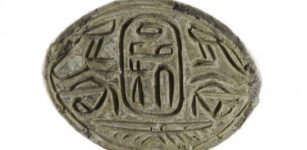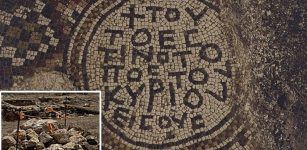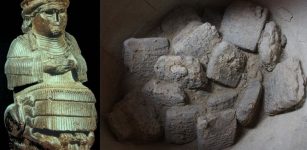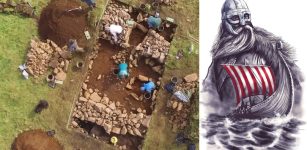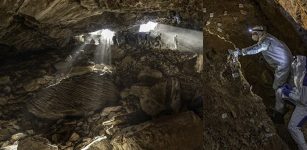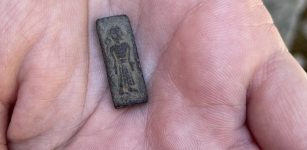Artifacts Shed Light On 2,100-Year-Old Jewish Town In Judea Dated Back To Hasmonean-Era
AncientPages.com - Recent discoveries in form of ritual bath, ancient coins and pottery dated to a Hasmonean-era shed light on Jewish town at the Susya in Mount Hevron.
Hasmonean-Era (or Hasmonean Dynasty) of ancient Judaea (Judea, or Judah) was one of the most glorious and tragic in Jewish history.

Left: Simon Maccabaeus (died 135 BCE), a son of Mattathias and thus a member of the Hasmonean family. Image: wikipedia; Right:The Maccabean Revolt and Hasmonean Empire. Image credit: www.slideshare.net
It was the dynasty of descendants of the Maccabee family. The name of this historical period of time derives from the name of their ancestor Hasmoneus (Hasmon), or Asamonaios, according to Josephus, in 'The Antiquities of the Jews').
In 143 (or 142) BC Simon Maccabeus, son of Mattathias (and brother of Judas Maccabeus), succeeded his brother Jonathan as leader of the Maccabean revolt against the Seleucid dynasty (312 BC to 63 BC).
As 'Book of Maccabees' relates, soon Maccabeus became an important (independent of the Seleucids) historical figure; he finally secured Judaea's political independence in 142 BCE, and was chosen as “leader and high priest forever, until a trustworthy prophet should arise.
Thus he became also the first of the Hasmonean dynasty.
Recent archaeological findings are surprising in light of historical reports about Hasmonean activity to convert the Edomites who lived in the region, in year 112 BCE. The discovery of a settlement site from the time of the Hasmonean Kingdom may shed light on this issue.
2,100-year-old Jewish community found in Judea, dating back to Hasmonean period, 600 years earlier than previous finds at the site.
To date, the heritage site in Susya has been known to visitors as a 1,500-year-old Jewish Talmudic town that was inhabited from the Roman to the Muslim periods. The new findings predate the town's known establishment by 600 years.
The findings were uncovered by students of the Department of Land of Israel Studies at Herzog College, were led by Dr. Itzhak Meitlis, an archaeologist and lecturer at the college.
AncientPages.com
Expand for references


